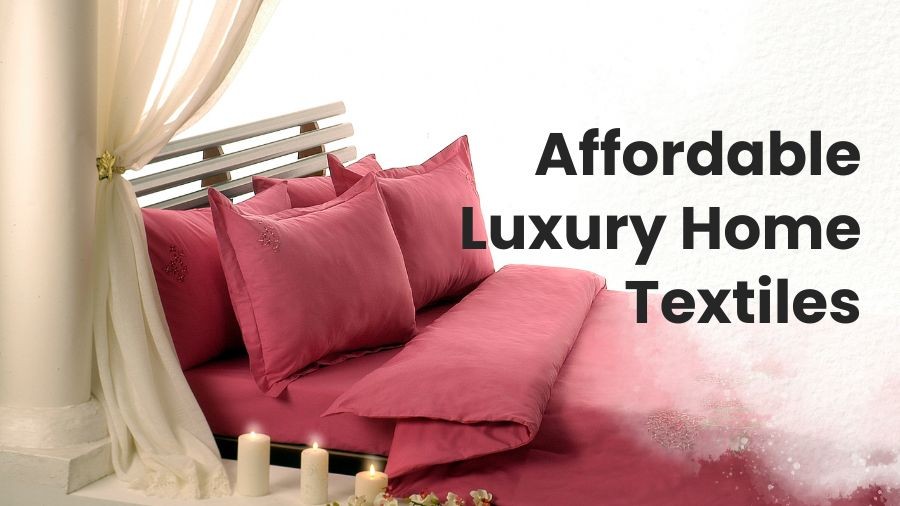Current Trends in High Quality Home Textile Products

The home textile industry is undergoing significant changes as demand for high-quality products rises. Consumers are seeking a blend of luxury, functionality, and sustainability in their home décor choices. This shift reflects a broader trend towards more thoughtful and informed purchasing decisions.
Eco-friendly home textile options are gaining traction. Manufacturers are increasingly using sustainable materials like organic cotton and bamboo. These materials are not only better for the environment but also offer added comfort. Organic cotton, for example, is grown without harmful chemicals, making it a healthier option for both people and the planet. Bamboo textiles are also becoming popular due to their softness and durability, combined with their minimal environmental impact.
Affordable luxury in home textiles is another prominent trend. Consumers are no longer willing to sacrifice quality for price. The market is seeing a rise in luxury products that are more accessible. These items combine high-end materials with affordable pricing, making luxury more attainable. Brands are finding ways to offer premium quality at reasonable prices, expanding access to quality home textiles.
Unique home textile patterns are capturing attention. Homeowners are looking for textiles that reflect their personal style. This demand has led to a wide variety of designs and patterns.
For bedding, high-quality textiles are key. Consumers are focused on materials that provide comfort and ease of maintenance. Premium bedding materials like Egyptian cotton and silk are favored for their luxurious feel and durability. These fabrics help regulate body temperature, contributing to a better night's sleep. Additionally, easy-care fabrics that are simple to wash and maintain are highly sought after.
The industry is also experiencing advancements in textile technology. Features such as antimicrobial treatments and stain-resistant finishes are becoming more common. These innovations enhance the durability and cleanliness of textile products, making them more practical for everyday use. As consumers become more discerning, these technological improvements are becoming a standard expectation.
Recent market data shows steady growth in the global home textile market. The market is expected to expand at a compound annual growth rate (CAGR) of over 5% in the next few years. This growth is driven by increasing consumer spending on home improvements and a growing interest in personalized living spaces. The rise of e-commerce has also made it easier for consumers to access a wide range of home textile products, further boosting market growth.
Retailers and manufacturers are responding to these trends by diversifying their offerings. Many are investing in research and development to introduce new textile innovations. They are also working on improving supply chain efficiency to offer competitive prices without compromising quality. The focus on sustainability and affordability is shaping the future of the industry and aligning with consumer preferences.
Social media and influencer marketing are also influencing the home textile market. Platforms like Instagram and Pinterest provide visual inspiration that drives consumer purchasing decisions. Brands are leveraging these platforms to showcase their latest collections and connect with a wider audience.
The home textile market is evolving to meet the demands of modern consumers. The focus is on blending luxury with sustainability, unique design, and practicality. As the market continues to grow, these trends will shape the future of home textiles, offering exciting opportunities for both consumers and manufacturers.
